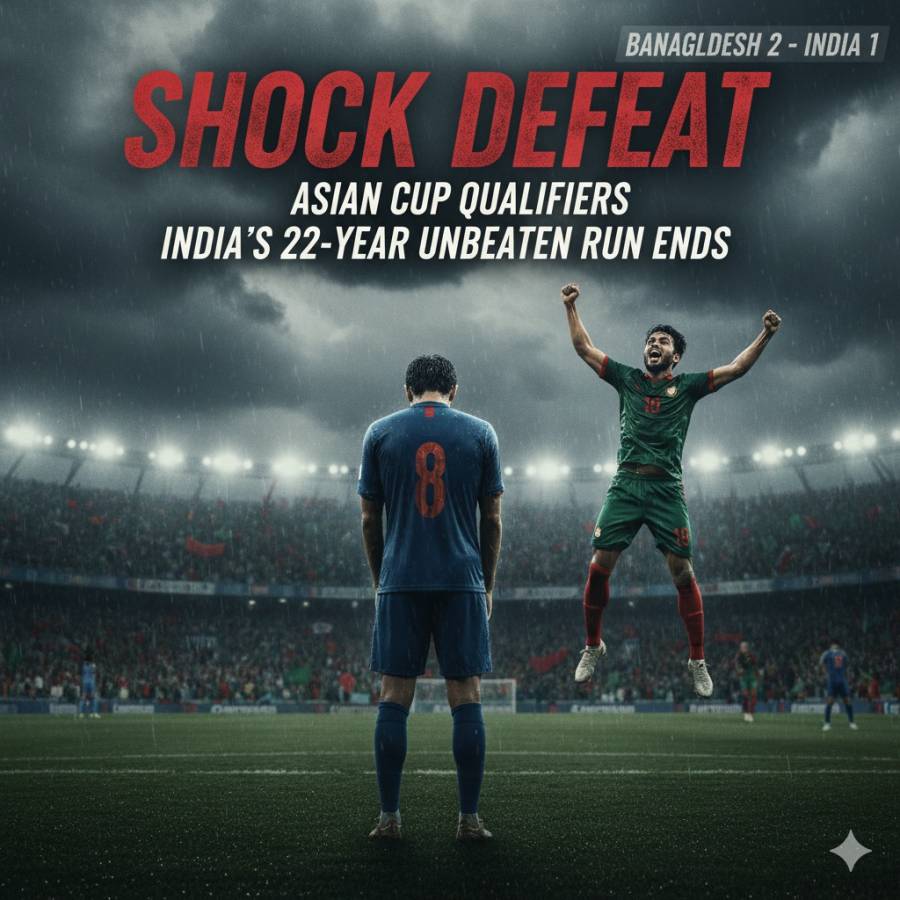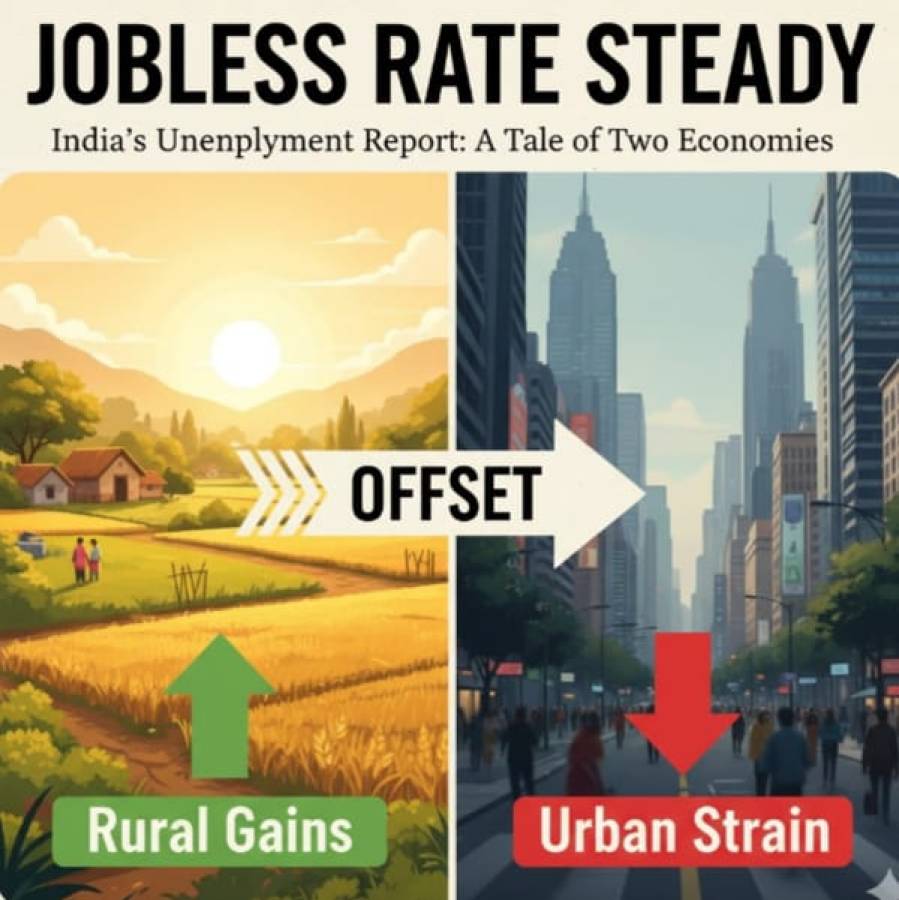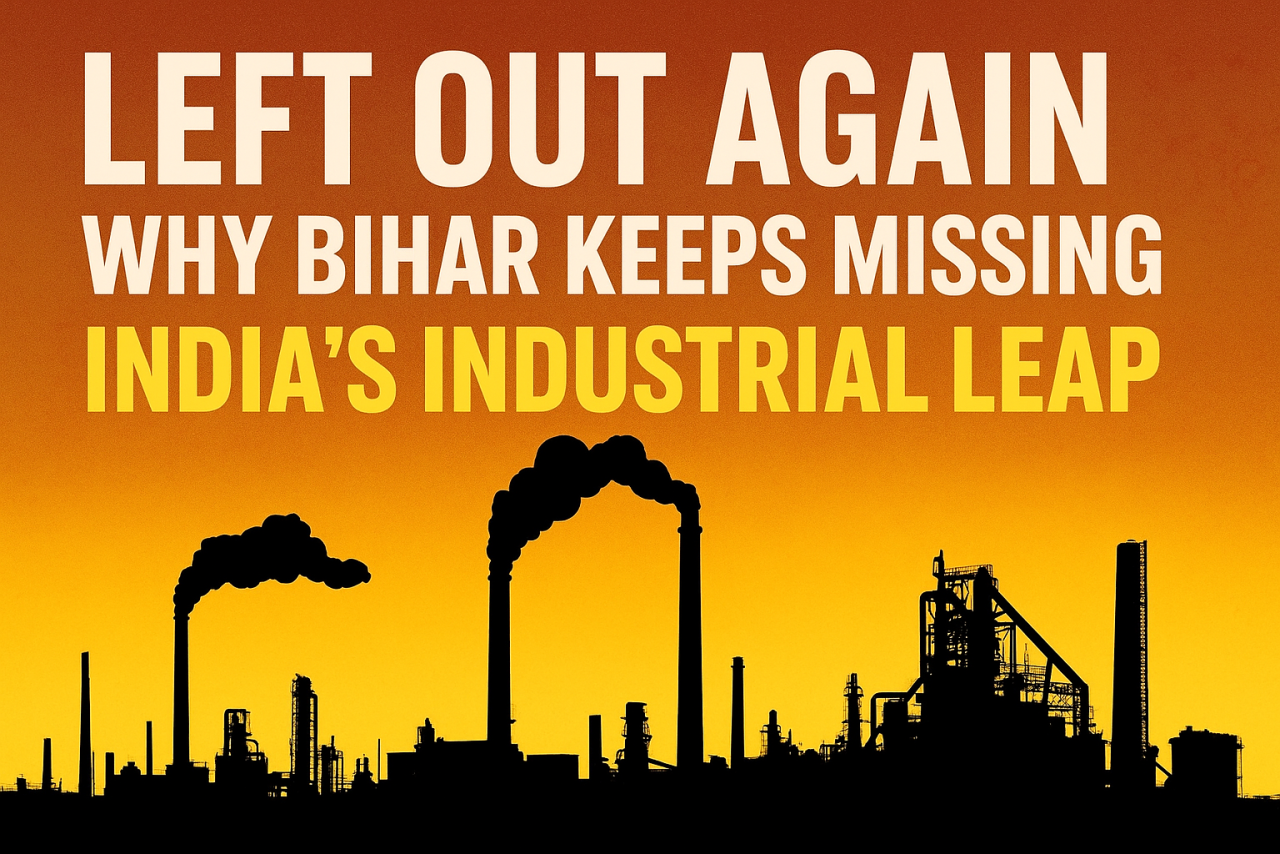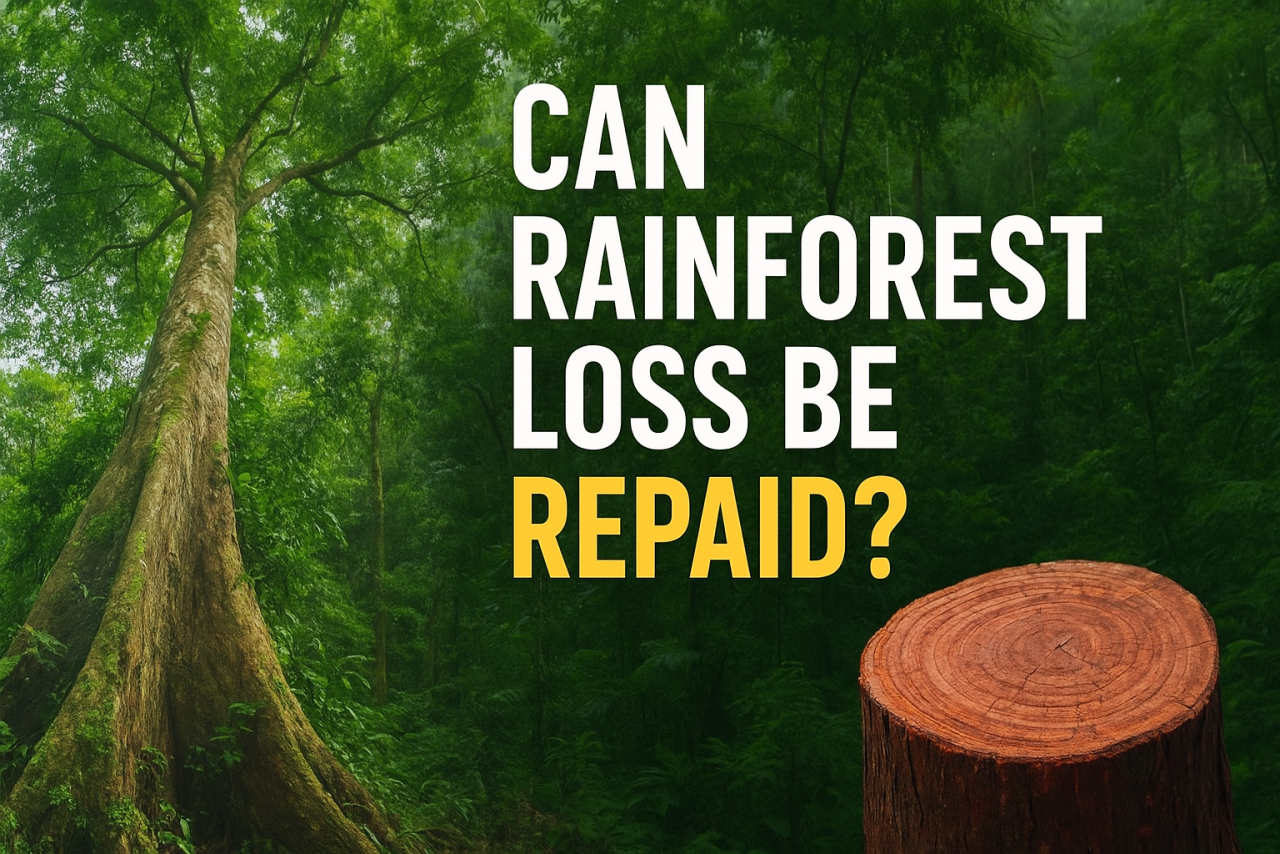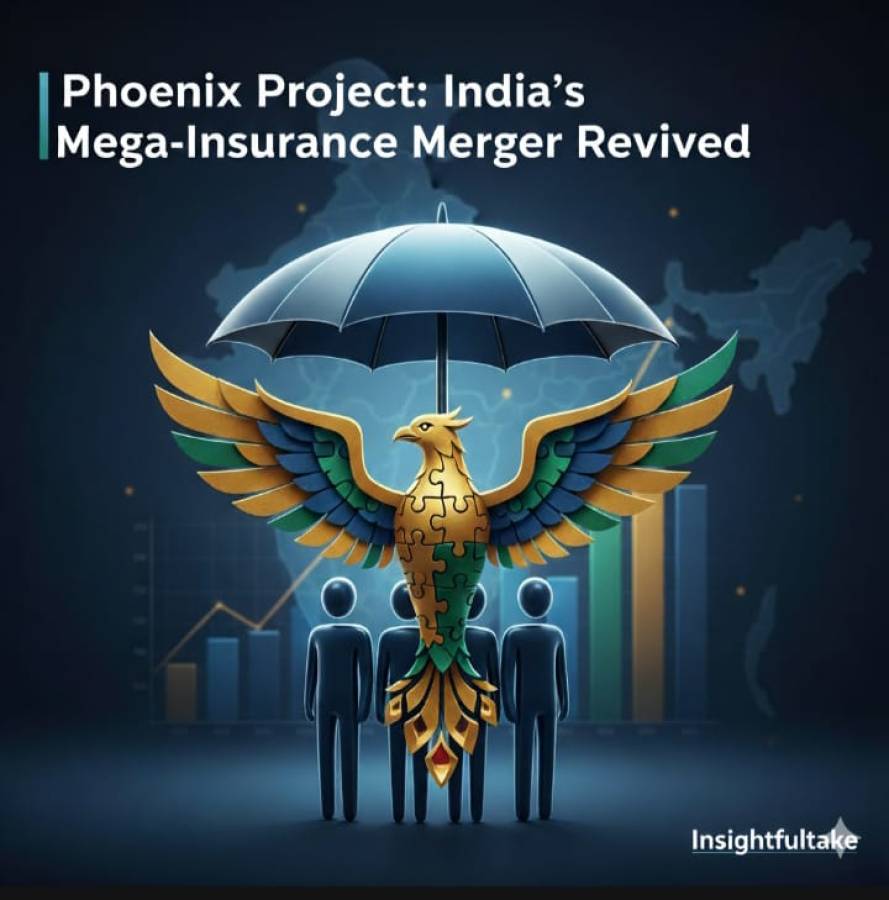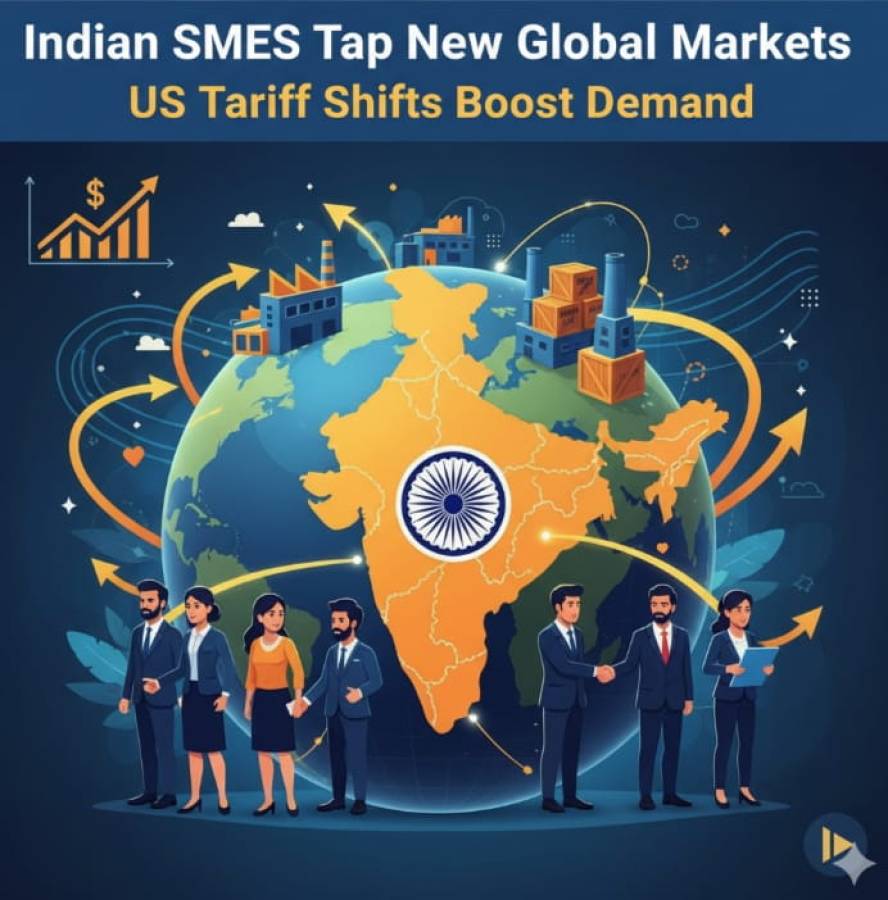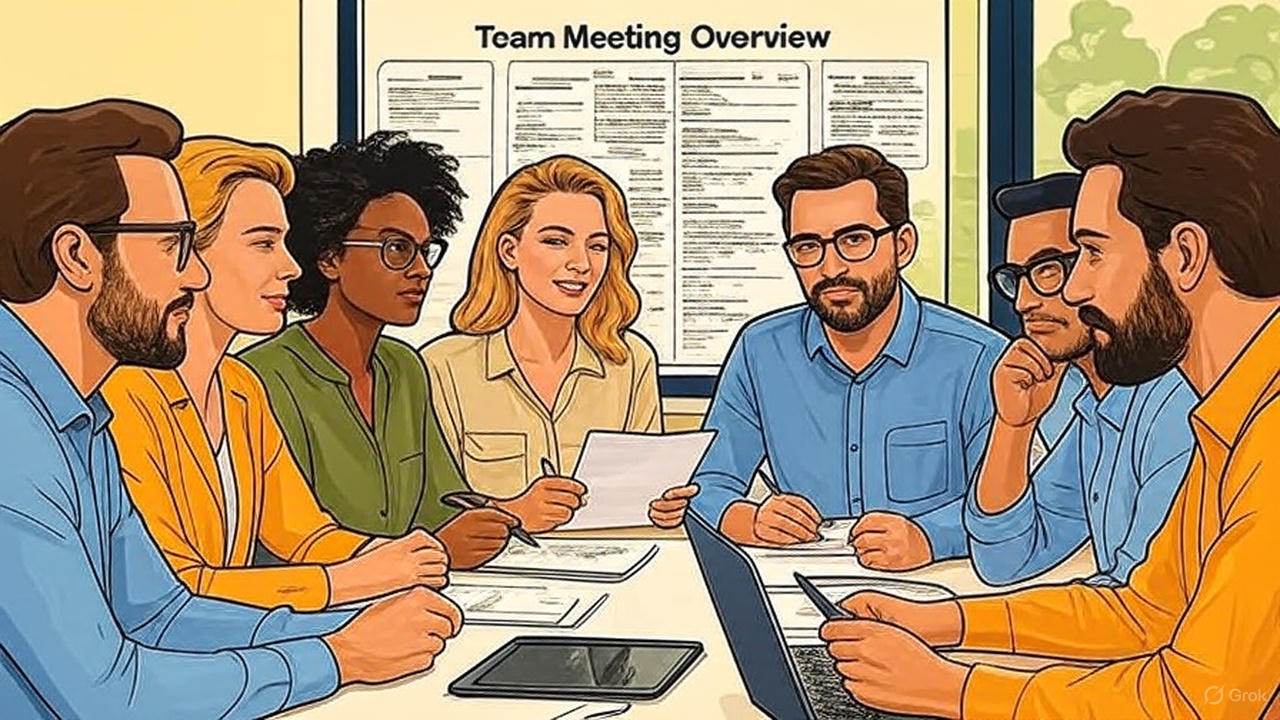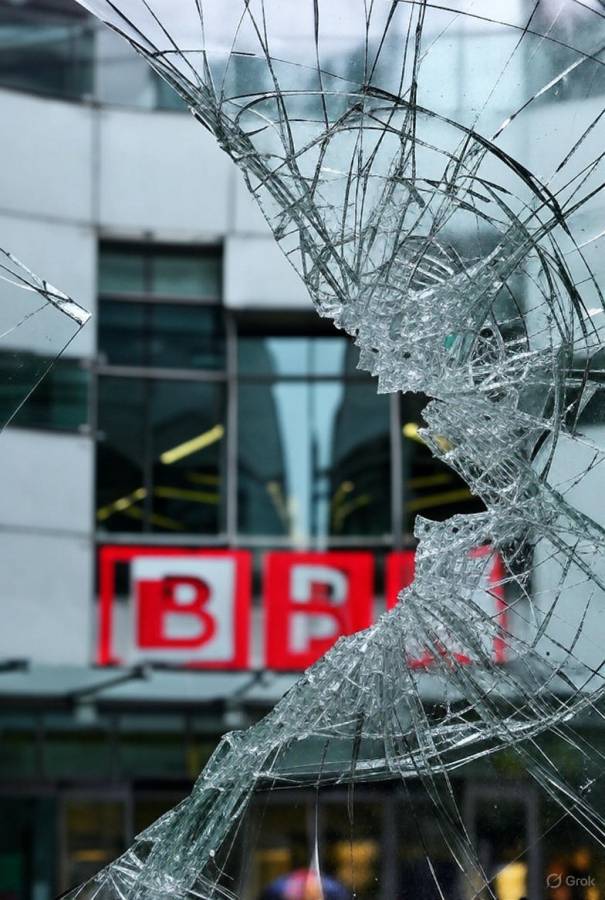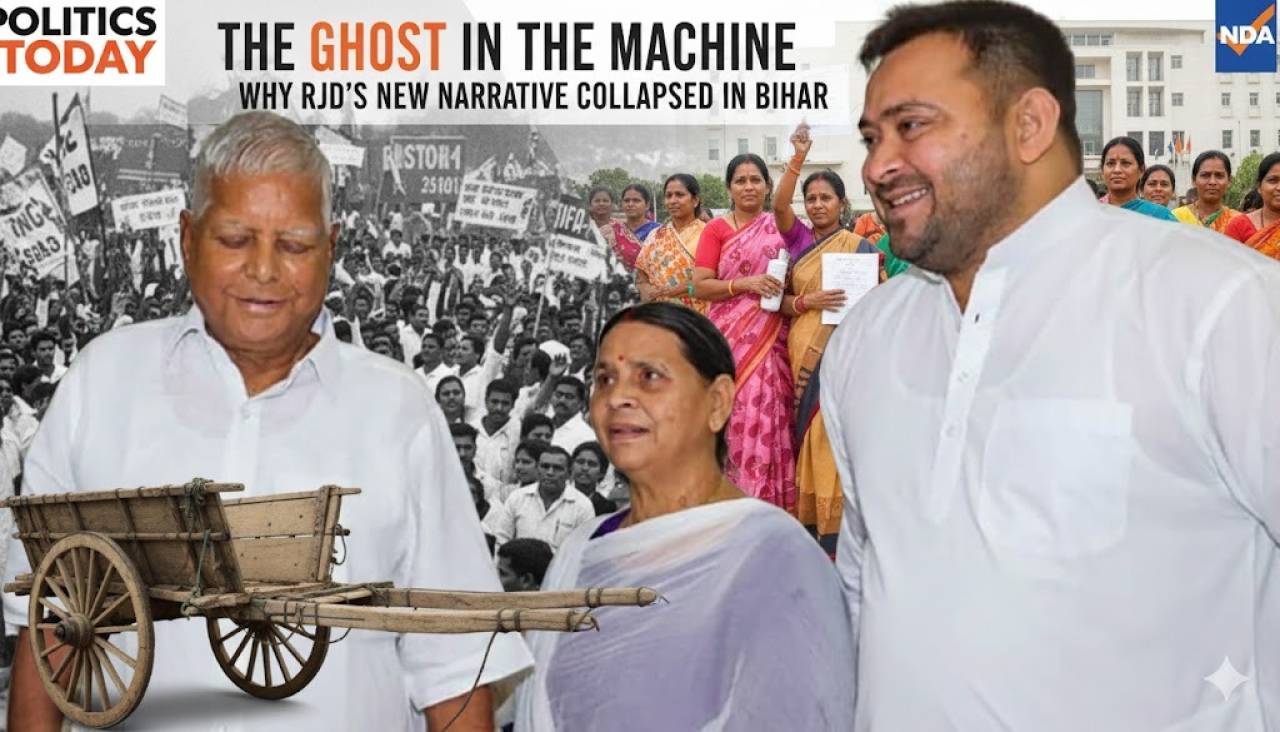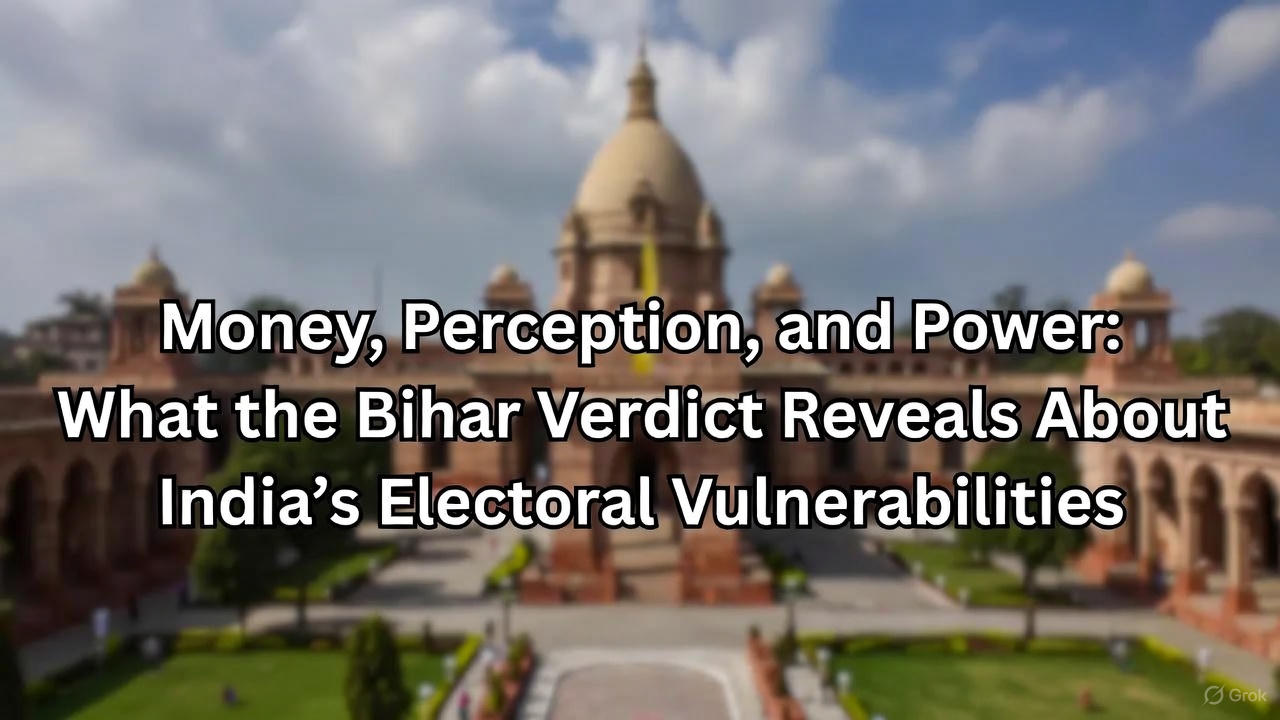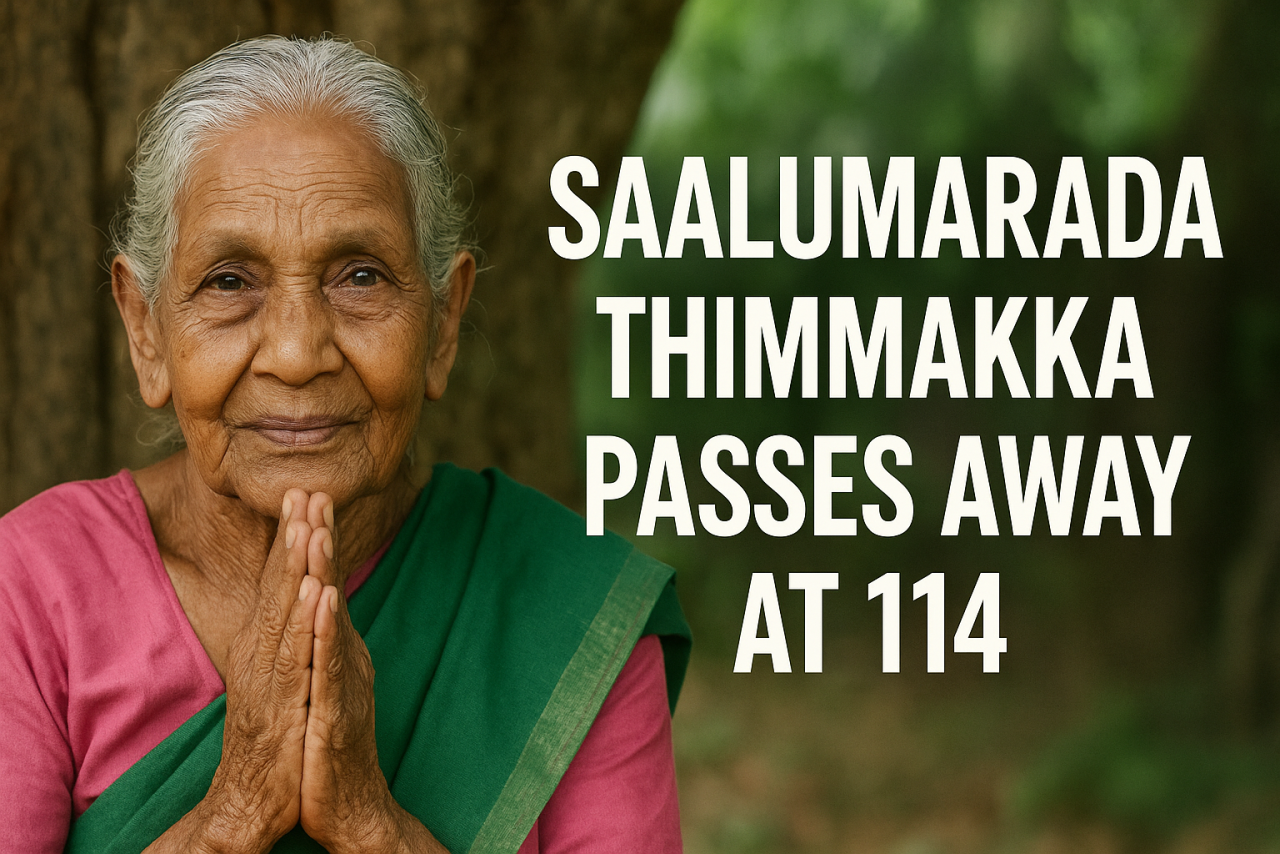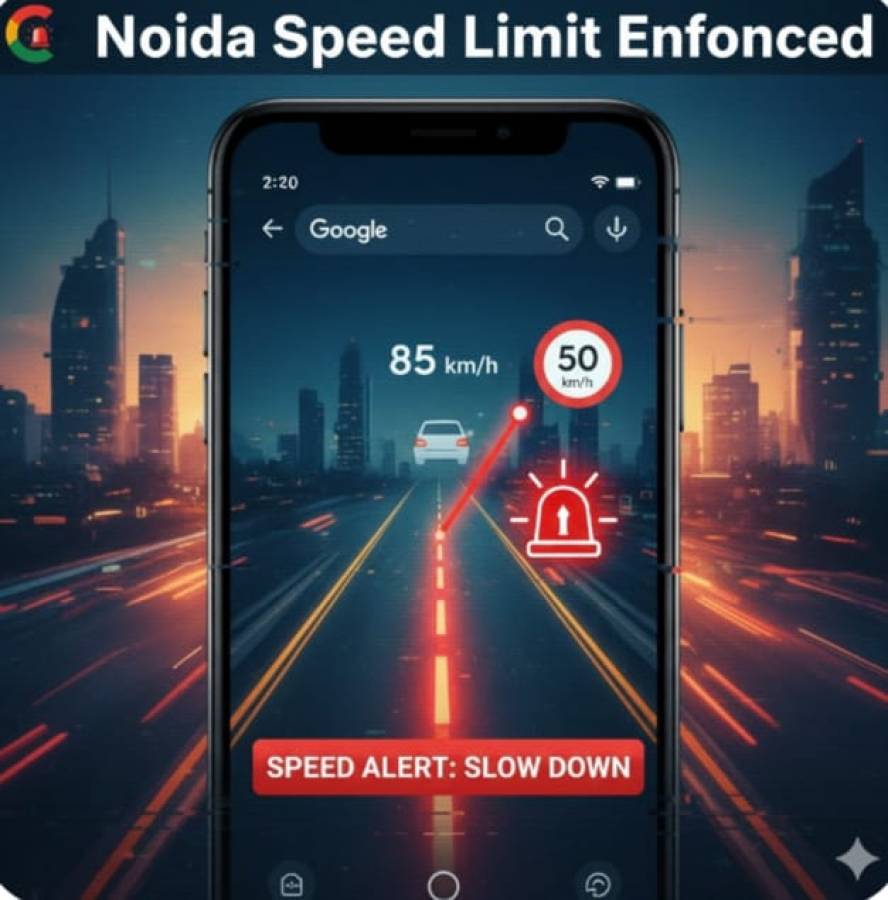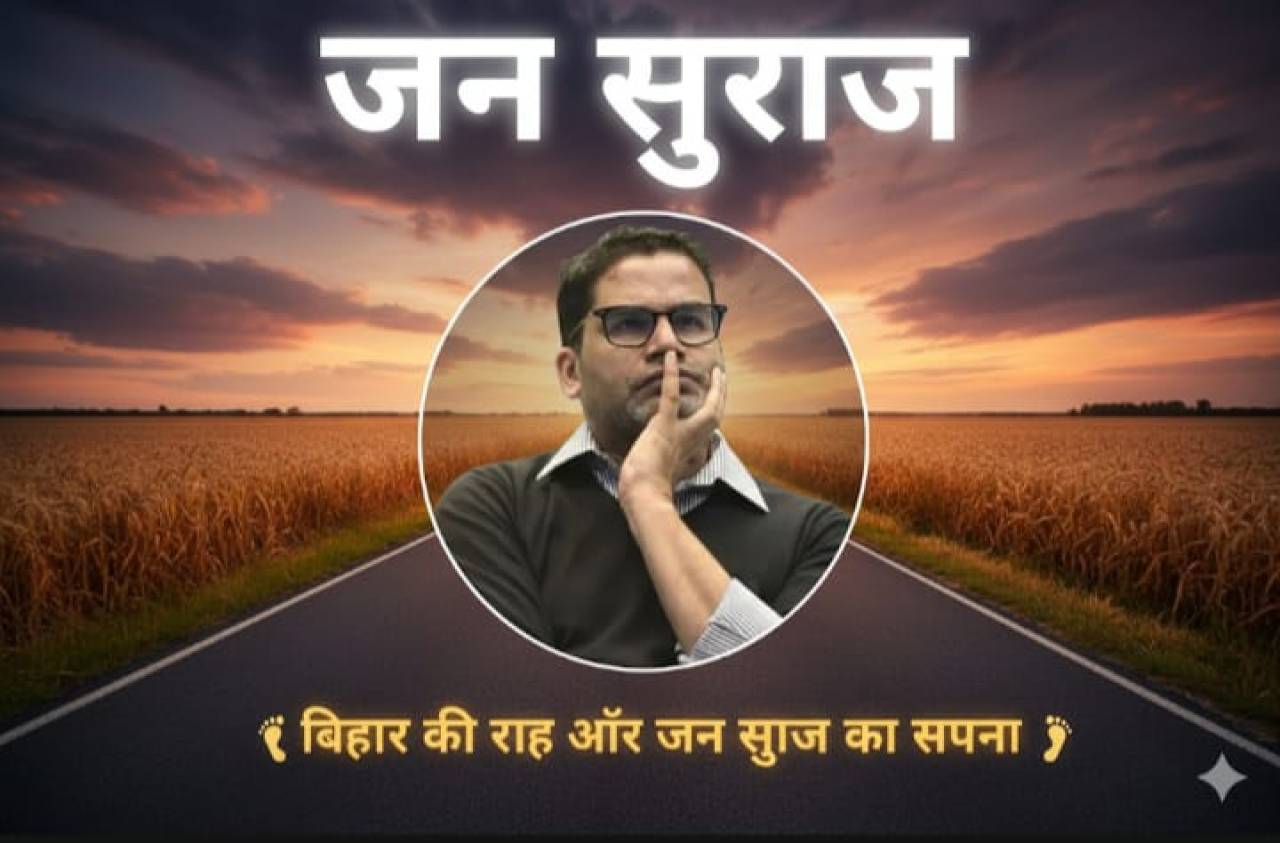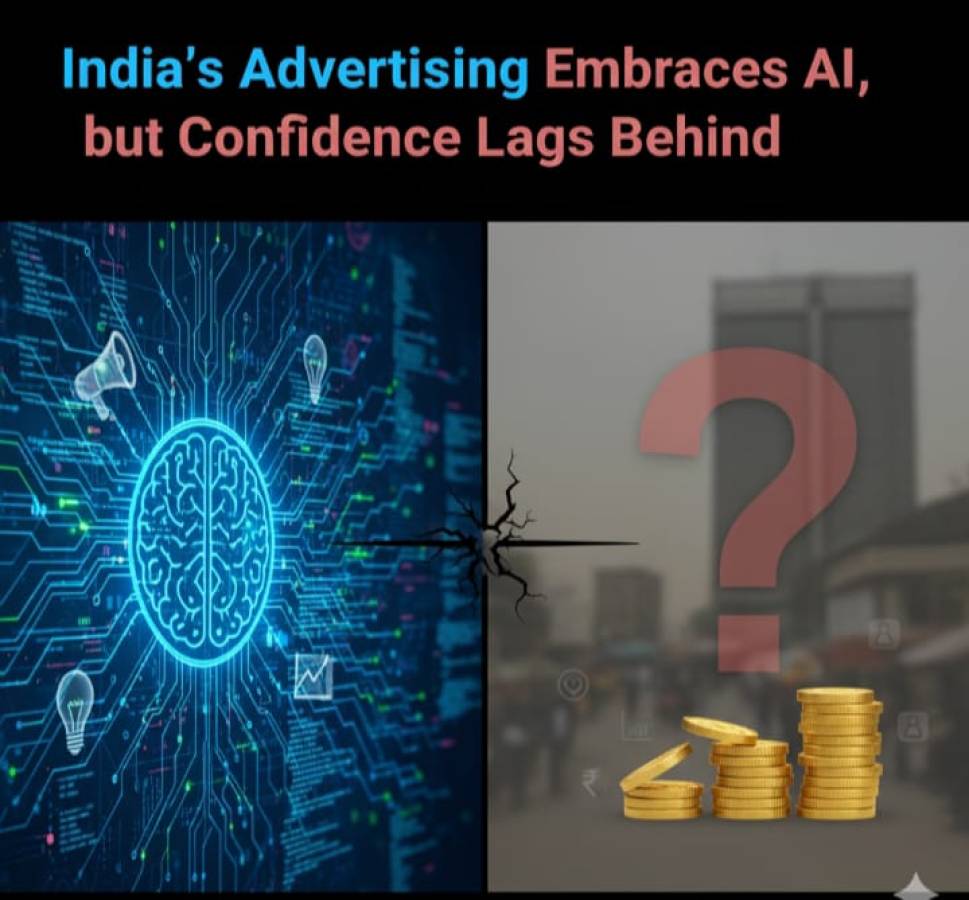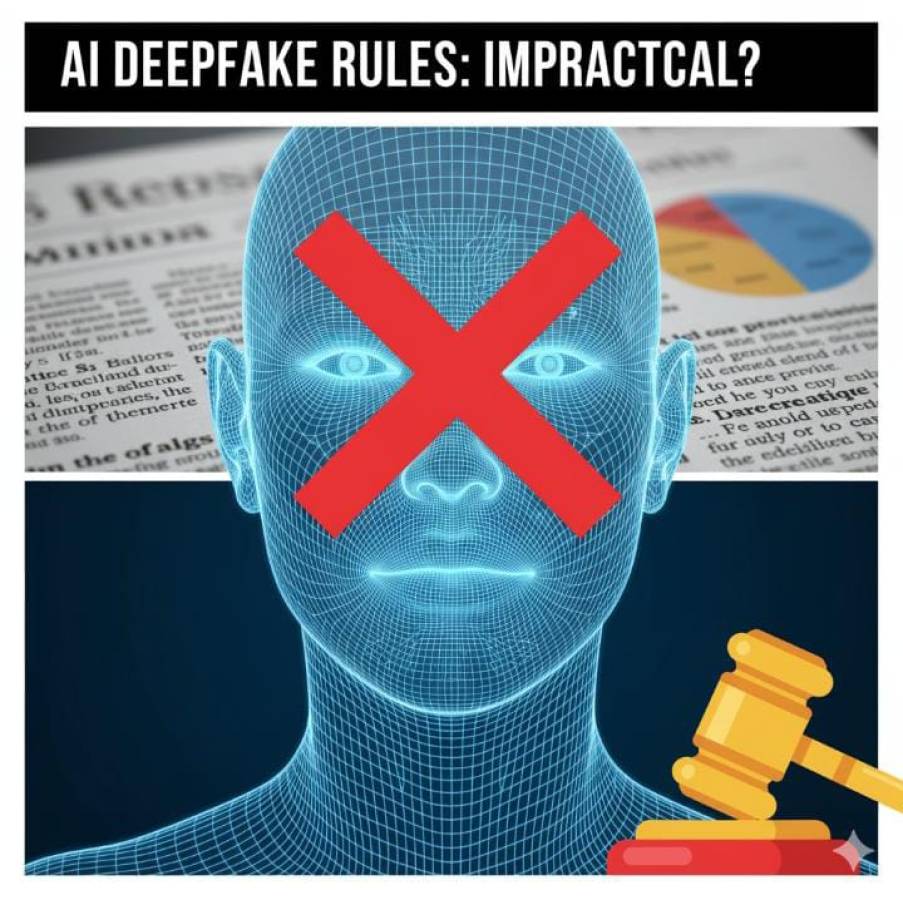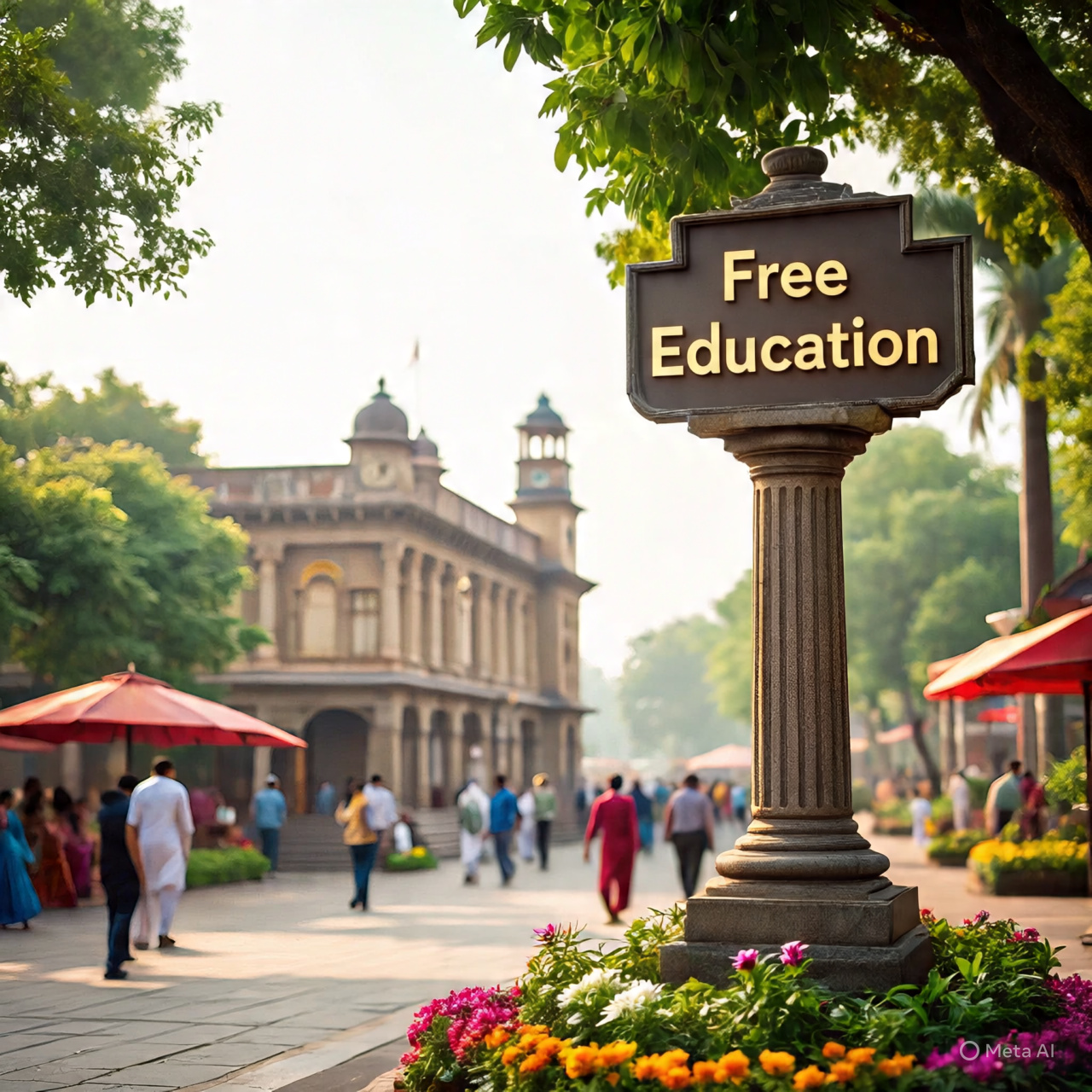
India often projects itself as a country committed to free education, anchored by Article 21A of the Constitution and the Right to Education (RTE) Act of 2009. On paper, every child between six and fourteen is guaranteed free and compulsory schooling. This is showcased as a democratic achievement, a sign of inclusivity that politicians repeat in speeches and manifestos. Yet the ground reality is far removed. While the government claims to shoulder this responsibility, it is the private sector and parents who carry the actual burden of educating India’s children.
Government Schools as Administrative Platforms
A closer look at how government schools function reveals a pattern that undermines the very idea of quality education. These schools are not just learning centers but often become platforms for official work unrelated to academics. Teachers are routinely deployed for voter registration, census enumeration, election duty, and even relief distribution during floods or natural disasters. According to reports from multiple states, teachers spend weeks away from classrooms because they are tasked with duties outside the education system.
This practice dilutes accountability and ensures that the primary role of a school—to teach—remains compromised. Government data itself highlights these diversions, but year after year, little changes. The system survives more as a bureaucratic tool than as an engine of learning. The government, meanwhile, continues to claim credit for “free education” without addressing its hollow delivery.
Parents Vote with Their Feet
The biggest indicator of distrust in government schooling comes not from experts but from ordinary parents. From villages to small towns, cities, and mega cities, families increasingly prefer private education. According to the Unified District Information System for Education (UDISE), enrolment in government schools has steadily declined in several states, while private school enrolment has grown. By 2023, around 47 percent of urban children and 35 percent of rural children were already in private schools.
Even poor families make sacrifices to send their children to low-cost private institutions. These budget private schools, often charging ₹300 to ₹1,500 per month, are perceived to provide better teaching, discipline, and crucially, English-medium instruction. In a country where jobs and opportunities are tied to English skills, this factor alone tilts parental choices away from the government system.
Free Education as a Political Showcase
The contradiction is glaring. The government allocates thousands of crores annually to run its schools, distributes free textbooks and uniforms, and offers mid-day meals. These are important welfare measures, yet they have not translated into learning outcomes. According to the Annual Status of Education Report (ASER) 2022, nearly 50 percent of students in Class 5 could not read a Class 2 text. Such figures expose the gap between access and quality.
Yet, the promise of free education becomes a political tool. Governments showcase it during elections, presenting it as proof of their commitment to social justice. For many voters, the slogan sounds appealing. But in reality, what exists is not free education but poor education, and the responsibility of real learning is outsourced to private players.
RTE and the Private Squeeze
The Right to Education Act introduced a noble idea: reserving 25 percent of seats in private schools for economically weaker sections. The aim was inclusion and equality. In practice, however, private schools rarely receive timely or adequate reimbursements for these students. In states like Rajasthan and Uttar Pradesh, the reimbursement amount per child is far below the actual cost of providing quality education.
This leaves private schools in a financial bind. They are compelled to absorb losses while being heavily regulated on fees and infrastructure. Many smaller schools have shut down under the weight of these pressures. Instead of being treated as partners in education, private schools are seen as profit-driven actors, even though they now educate a large share of India’s children.
The Double Burden on Families
For middle-class households, the situation is particularly frustrating. They pay taxes to fund government schools but still spend a significant share of their income on private education because public schools fail to meet expectations. This creates a double burden: paying once through taxes and again through private school fees. The irony is clear—free education has turned into one of the costliest necessities for Indian families.
Budget Private Schools: Struggling but Crucial
The most unsung contributors to India’s education system are budget private schools. They cater to families who cannot afford elite institutions but still want better than what government schools offer. Despite modest infrastructure, these schools often deliver better results than nearby public schools. Yet, they face closure threats due to rigid regulations like minimum land requirements and teacher qualifications. Instead of helping them improve, the system pushes them to the brink.
A Philosophical Gap
Karl Marx argued that the state often serves as an instrument of the ruling classes, projecting neutrality while shifting real burdens onto the people. In India’s education sector, this appears accurate. The state highlights its commitment to free schooling but places the responsibility of actual delivery on private players and parents. Education, which should be a public good, becomes a commodity. Those who can afford private schooling secure better futures, while the rest remain trapped in a failing system.
A Hollow Right
India’s promise of free education has become a democratic feature more in name than in practice. While the state claims victory in providing access, the reality is that quality and responsibility have been outsourced. From village to metropolis, parents choose private schools as the only path to meaningful learning. Unless the government reclaims its role and invests in quality rather than slogans, free education will remain a hollow right. And, finally it appears political showcase where the burden continues to rest on private shoulders.


